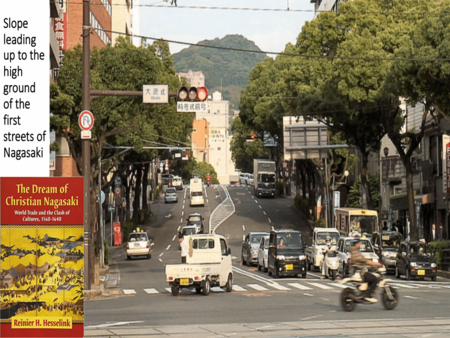 The city of Nagasaki is well-known throughout the world for having been the second target of the atomic bomb attacks ending the Pacific War in August of 1945. In view of the city’s cosmopolitan history, this was a particularly bitter result of the vagaries of warfare. In this seminar, we are going back to the city’s origins to explore its essence as a meeting point between East and West. We do so guided by readings dealing with the ephemeral, initial phase of its existence as Japan’s only Christian town founded by Jesuits.
The city of Nagasaki is well-known throughout the world for having been the second target of the atomic bomb attacks ending the Pacific War in August of 1945. In view of the city’s cosmopolitan history, this was a particularly bitter result of the vagaries of warfare. In this seminar, we are going back to the city’s origins to explore its essence as a meeting point between East and West. We do so guided by readings dealing with the ephemeral, initial phase of its existence as Japan’s only Christian town founded by Jesuits.
Christianity and its teachings are presented and analyzed from an anthropological/historical perspective as an ideological discourse accompanying the Iberian thrust across the Atlantic, Indian, and Pacific Oceans in the 15th, 16th and 17th centuries. The seminar is designed as an introduction to the following fields: Early Modern Japanese History as seen from the vantage point of the founding of Nagasaki, the Arrival and Fate of Christianity in East Asia, and Transcultural Studies.
It is an exciting experience to trace modernity in the making from ocean travel, world trade, and the clash of different configurations of power all converging in one point on the northwest coast of the Japanese island of Kyushu. Next semester, we will deal with the relationship of early modern Nagasaki with the Dutch, the only Westerners left in Japan between 1640 and 1856.